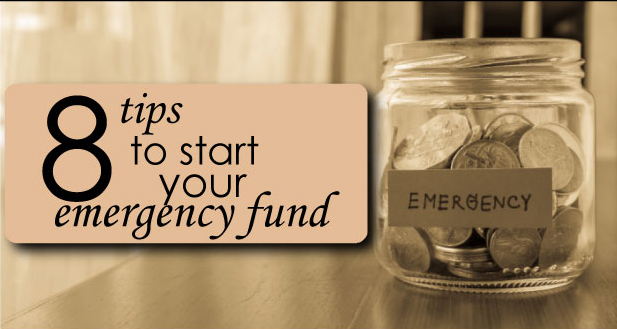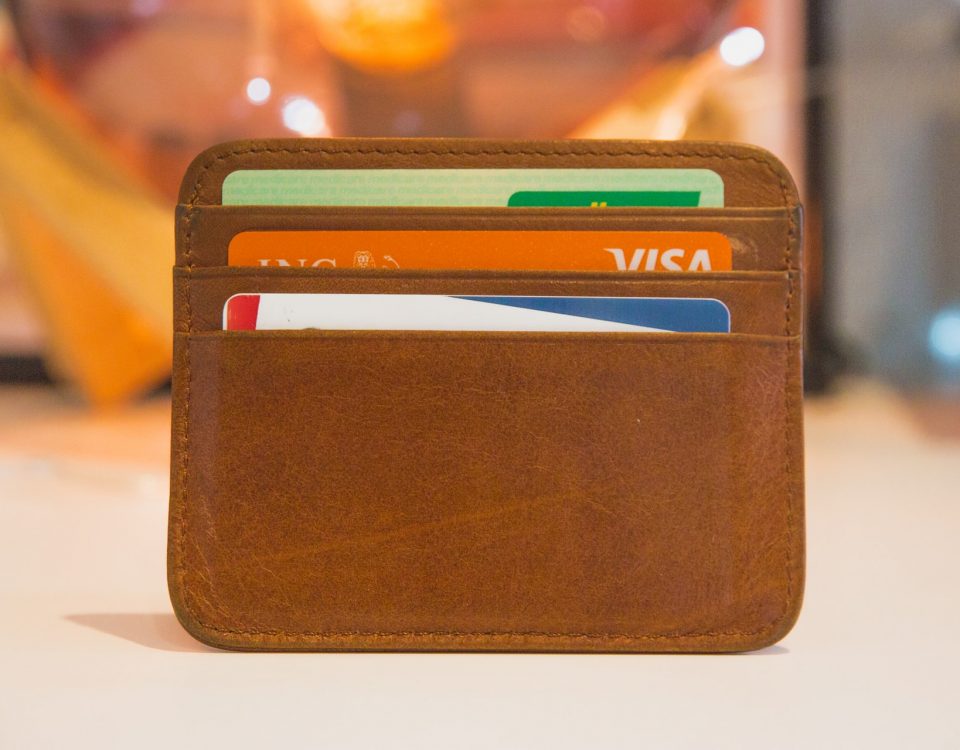
TIPS TO SAVE MONEY THIS HALLOWEEN
October 26, 2016
BLACK FRIDAY SHOPPING SURVIVAL GUIDE
November 21, 2016 Saving money is not easy. For many Americans, there’s not much cash leftover once the bills get paid each month. Building up an emergency fund and saving for retirement is a struggle, but it’s not impossible. Sometimes, it just starts with a small step.
Saving money is not easy. For many Americans, there’s not much cash leftover once the bills get paid each month. Building up an emergency fund and saving for retirement is a struggle, but it’s not impossible. Sometimes, it just starts with a small step.
For example, one way to begin building an emergency fund is to place any coins you accrue into a transparent change jar. Once it’s full, deposit it all into the bank. You’ll find that you may have more than $100 — just from your pocket change!
There are many other small ways to get started saving, even if it’s just a few dollars at a time. Consider taking these small steps to building positive financial habits, and you’ll start to see your bank account grow.
1. Track Your Spending — Every Single Penny
If you are having trouble saving money, you will need to take the first step of figuring out where your money is going. Develop a system to record every purchase. TVACCU’s Online Bill Pay can help you track spending and even categorize purchases so you know exactly what you’re spending money on. By doing this, you’ll be able to find where you can cut costs.
2. Reduce Your Spending on a New Category Each Month
Once you’ve figure out where your money is going, it’s time to decide what you can cut. If you’ve categorized your spending, pick one category and vow to reduce spending from one month to the next. For example, tackle your restaurant spending in January. In February, look for ways to reduce your cellphone bill. In March, cancel your cable television. By year’s end, you’ll have slashed spending on 12 things, and will be well on your way to saving money.
3. Put Away Any Extra Money You Receive
Did you get a bonus or raise from your company? Don’t spend it, but put it in the bank instead. If your expenses are the same, then any new money you get should go directly into savings. This also goes for any prize winnings, unexpected refunds or rebates, or cash found in the pocket of that jacket you haven’t worn since last winter. This may be only a few bucks here and there, but it adds up and gets you in the habit of not spending every new dollar you get.
4. Track When You Don’t Spend
You might pass five coffee shops every time you walk to work. You stare at candy bars and magazines at every supermarket aisle. You’re bombarded with targeted Facebook ads and circulars in the mail. It’s almost impossible to avoid parting with your money. But what if you made a note of every time you passed by that coffee shop without stopping in for a $4 latté? What if you gave yourself points for every time your willpower won? Eventually, resisting the urge to spend might be an easy habit.
5. Open a Savings Account and Set up Automatic Transfers
You can’t spend money if you never have it in your hand to begin with. If you set up an automatic transfer of cash into a savings account, you’ll be setting aside money before it ends up in your wallet. Start with a modest amount, maybe $25 a month, then see if you can gradually increase that. Before you know it, you’ll have a nice sum of money that can serve as your emergency fund.
6. Open Your 401K and Hit the Company Match
If your company offers a retirement plan, there’s no good excuse not to take part. Money you contribute is deducted from your taxable income, and it’s usually taken directly from your paycheck, so there’s no easy way to spend it on silly stuff. Most companies offer to match contributions up to a certain percent. Do your best to contribute up to the match, if possible, and increase your contributions by a percent each year.
7. Pack Your Lunch
This is a tough one for a lot of people. After all, who wants to eat a lame homemade sandwich when they can go out to that new gourmet burrito place with their colleagues? But it’s time to get over your fear of the “sack lunch” and recognize that it’s a big money saver. Any back-of-the-envelope calculation will reveal that packed lunches can save you hundreds or even thousands of dollars a year. If you’re struggling to figure out where you can save money, this is a great place to start.
8. Tweak the Thermostat
We all like to keep our house at the perfect temperature, but we can all get use to things being a degree or two warmer in the summer or slightly cooler in winter. If you’re setting the thermostat to 70 in summer, try bumping it up to 72. When it’s chilly outside, keep things at 68 or even cooler. And don’t forget about tweaking it further when you are not home. The U.S. Department of Energy says you can save as much as 10% on your energy bills just by adjusting the thermostat by seven to 10 degrees for eight hours each day.



